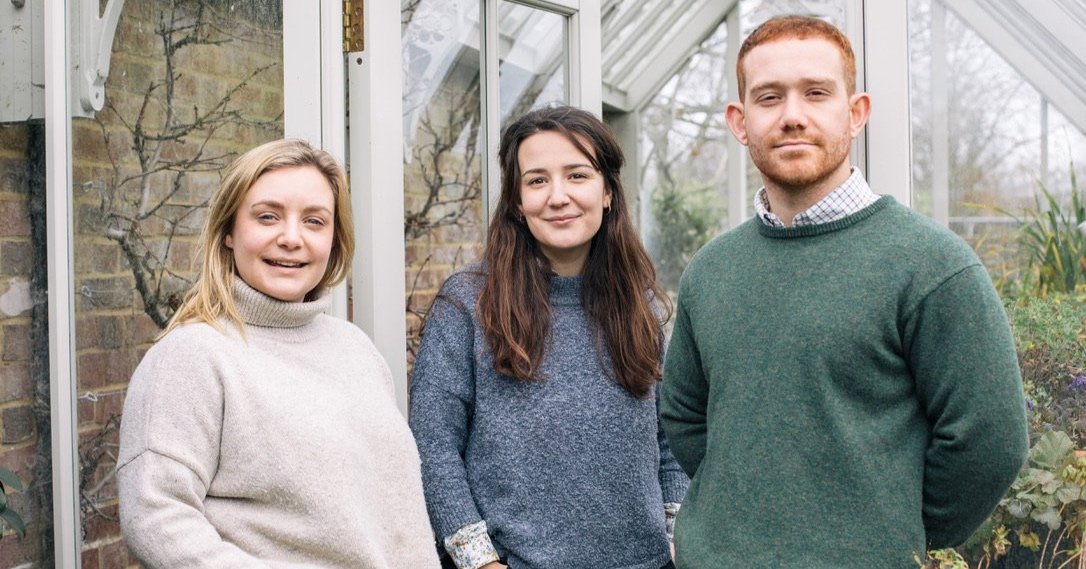Kenton Hall Estate is privately owned and family-run, featuring a beautiful Tudor Hall set in its own farm estate in the heart of the Suffolk countryside. We extend the warmest of welcome to friends and guests alike. Our aim is to provide a wonderful experience, personal service, and special memories.
Welcome to Kenton Hall Estate
About Us
The McVeigh family moved to Kenton Hall in 1986 having farmed both in Northern Ireland and Isle of Man. The mixed farm is 200 Hectares of arable land with livestock including a herd of English Longhorn Cattle and rare breed pigs. There are a number of diversification businesses on the estate including a wedding venue, glamping site and cookery school. The farm and its businesses are managed by members of the McVeigh family including Emily, Lucy and Tom. The estate is a hive of activity and offers hen party packages, cookery courses, foodie weekend events, Duke of Edinburgh scheme residential courses and much more.
History of the Estate
The present owners have lived in the Hall for over 35 years. Over the years they have renovated both the house and farm to restore it to its former glory. The Hall is a very much-loved family home, projecting a calm and happy atmosphere.
The manor of Kenton Hall has a rich history, the house dates back to c.1200 the original Hall was built by the De Keneton family. Generations of the family – who took their name from the Parish of Kenton, resided in the Hall for over 250 years.
This estate was held by Ivo de Keneton and Alicia , his wife in 1194. In 1450 the Hall was inherited by marriage into the Garney family and descended in a direct line through the family of Garneys. The Garney family intermarried with all the best blood of Suffolk. They built and resided in many of the counties finest houses.
Generations of the Garney family resided in the Hall from the early 16th century through to the early 20th century. Each generation enhanced the hall and estate with new building works and improvements.
The house was most notably changed by the addition of the long façade during the sixteenth century (which still stands today). Composed of brick with stone-mullioned windows, its structure reveals the Roman influence on Tudor architecture.
A fire gutted the back wall and one wing of the Tudor Hall in 1919 leaving the façade undamaged. The Hall and wing have been re-built and stand as it is today.
Memories from Paul Capon (born in 1934) who resided in the hall “When my father was young there had been a devastating fire. The estate horses had been sent to fetch the fire-engine, three miles away, and quite a few of the salvaged contents were looted. Most of the house was destroyed but the beautiful front with mullioned windows was saved. All the books and the great family Bible with the family records were also destroyed. My grandfather was unable to find an architect to rebuild, preserving the Elizabethan front, so although he was no architect he decided to do it himself, turning farm labourers into building labourers, felling trees, dredging moats and re-laying tennis courts, etc. that had been decimated in the upheaval. Wherever possible, he saved and repaired what had been salvaged, and duplicated all the original rooms, with the addition of modern bathrooms. The library became a double garage off his study, the rebuilding took three years to complete.”








